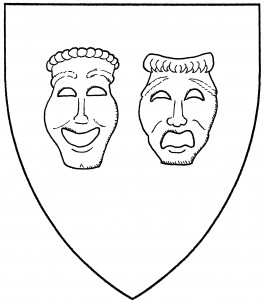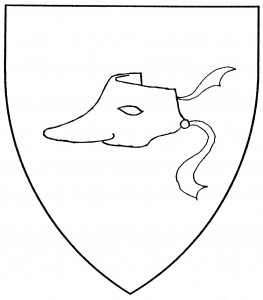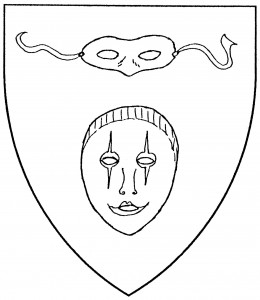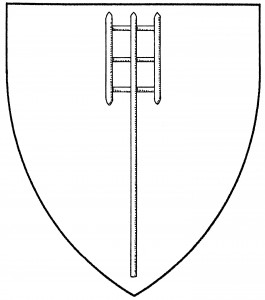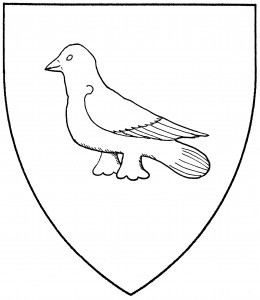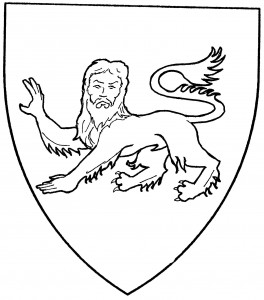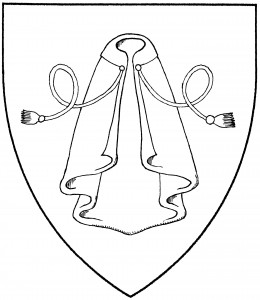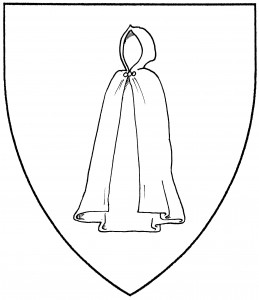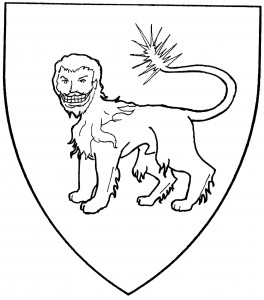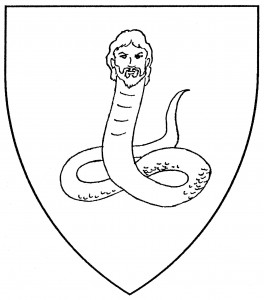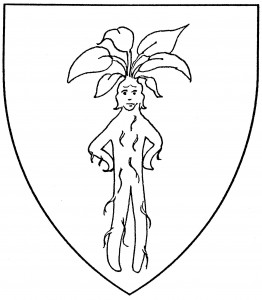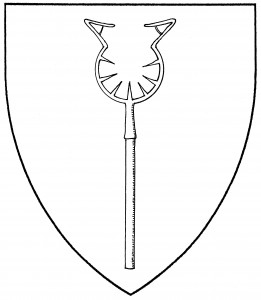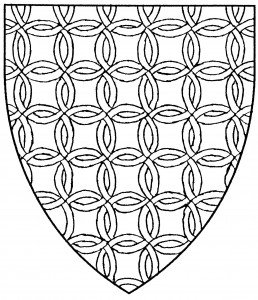A mask is an item of clothing that covers the face, usually to hide the wearer’s identity. Though period artifacts, masks don’t seem to have been known to period armory.
In Society armory, common forms of mask include the “masks of comedy and tragedy” or “Thespian masks”, from ancient Greek theatre; the “domino mask” from the Italian Renaissance; and the “half-face mask” or “commedia dell’arte mask”, worn by commedia players in the late 16th Century.
The Society also has examples of the full-face “Pierrot mask”. However, the character of Pierrot didn’t exist until the late 17th Century, and no examples of his mask have been found from before the 19th Century. The Pierrot mask is thus no longer registerable as a charge.
Masks in general are guardant by Society default; the exception is the commedia dell’arte mask, which is shown in profile by default, the better to show its grotesque features.
For related charges, see eyeglasses, head (human’s), hood.
Marc Phillippe bears: Or chapé gules, a domino mask pean.
Hal of the Mask bears: Sable, a tragic mask Or, featured sable.
Gino di Palcoscenico bears: Or, a commedia dell’arte mask in profile reversed sable, hatted and plumed gules.
Edwyn the Player bears: Per pale gules and azure, a partisan spear Or, overall a Pierrot mask argent, orbed and capped sable, with lips gules.
Laurentina of Atenveldt bears: Per bend sinister wavy azure and argent, a mask of comedy and a mask of tragedy within a bordure invected all counterchanged.
